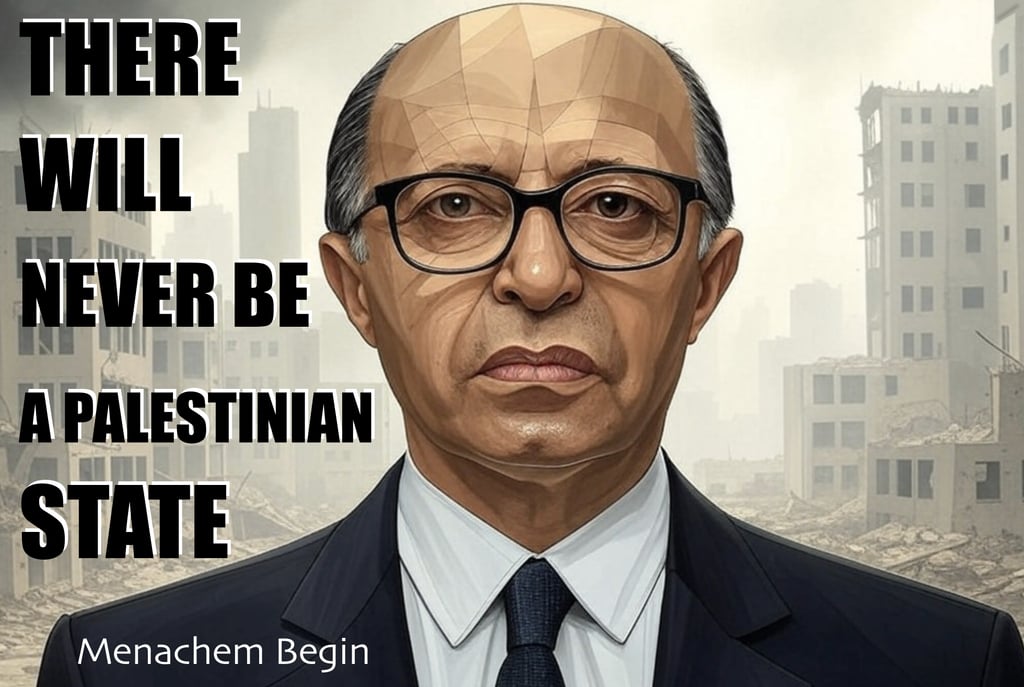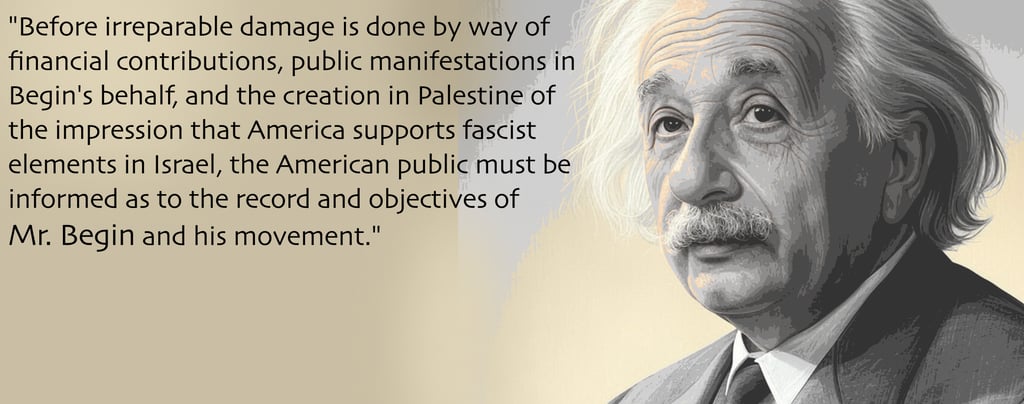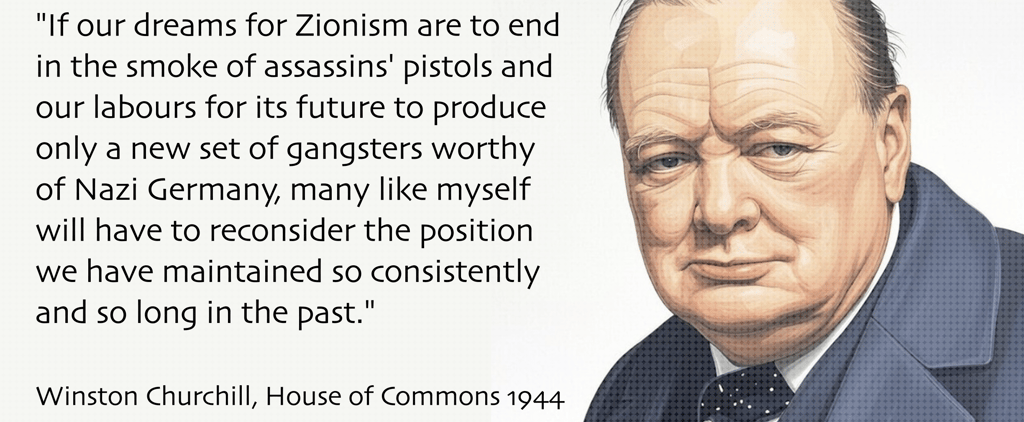The Rise of the Ultra-Right
How extremists took over the Knesset
2/1/20253 min read


Israeli politics, like many countries, has left wing and right wing factions. That said, Menachem Begin once described Israeli political parties as "right-wing, very right-wing, and ultra right-wing".
The terrorist attacks of the Irgun and Lehi against British Authorities made it difficult for the Zionist lobby in Britain to maintain enthusiasm in Parliament for the Israel project. Following the murder of his friend Lord Moyne, Churchill gave a speech to parliament saying,
"If our dreams for Zionism are to end in the smoke of assassins' pistols and our labours for its future to produce only a new set of gangsters worthy of Nazi Germany, many like myself will have to reconsider the position we have maintained so consistently and so long in the past."
British political support for Zionism was done, but the colony-turned-nation had found a new benefactor on the far side of the Atlantic.




In 1948, Albert Einstein and a number of other prominent Jewish academics spoke of the rise of fascism in Israeli politics. Their warnings were ignored and the extreme-right took control.
You can draw a direct line from today's Likud party to the Zionist terrorist groups of the 1940s, through ideology, personnel, and historical continuity. The connection isn’t speculative - it is rooted in the party’s origins and key figures. Here’s how it tracks.
Revisionist Zionism
Likud traces its intellectual DNA to Ze’ev Jabotinsky’s Revisionist Zionism, founded in 1925.
Jabotinsky’s vision was for a Jewish state on both sides of the Jordan, secured by military might. His ideas inspired the Irgun, a paramilitary group formed in 1931 by his Betar youth followers. The Irgun emphasised armed struggle against Arabs and, later, the British.
Organisational Evolution
The line from Irgun to Likud runs through the Herut party, founded in 1948 by Menachem Begin, the Irgun’s commander from 1943 to 1948. Herut was explicitly Revisionist, adopting Jabotinsky’s symbols (like the map of "Greater Israel") and rhetoric. Begin’s Irgun years saw acts widely labeled as terrorism.
Herut didn’t hide this legacy; it celebrated it as resistance against colonial rule. In 1973, Herut merged with other right-wing factions to form the Likud party, with Begin as its leader. Likud’s 1977 electoral win brought Revisionist Zionism—and Irgun’s ethos—into the mainstream.
Personnel Continuity
Begin himself bridges the gap: Irgun terrorist commander turned Likud PM (1977–1983).
Other Irgun veterans followed. Yitzhak Shamir, a Lehi leader who ordered assassinations (e.g., Lord Moyne in 1944), joined Likud’s orbit via Herut’s successors and became PM (1983–1984, 1986–1992).
These men didn’t just inherit Jabotinsky’s ideas - they executed his vision through violence, then channeled it into political power.
Likud’s Platform
Likud’s foundational 1977 platform echoed Irgun’s maximalism: no Palestinian state, Jewish rights to all of "Eretz Israel" (including the West Bank and Gaza). While it dropped explicit calls for Transjordan, the rejection of territorial compromise aligns with the Irgun’s defiance of the 1947 partition plan. Today’s Likud, under Benjamin Netanyahu since 1993, retains this stance.
Counterpoints
Likud’s defenders say it’s a democratic party, not a terrorist cell - elections, not bombs, won it power.
Still, the thread’s clear: Likud’s ideological root is Jabotinsky, its founding party (Herut) was Irgun’s political heir, and its leaders were literal terrorists in the ’40s. The Irgun’s goal - a Jewish state unapologetically secured by force - lives in Likud’s DNA. Actions like Deir Yassin weren’t anomalies; they were steps toward the sovereignty Likud now defends. You can argue the “terrorism” label fades with time, but the line from ’40s militancy to today’s hardline policies isn’t broken.


